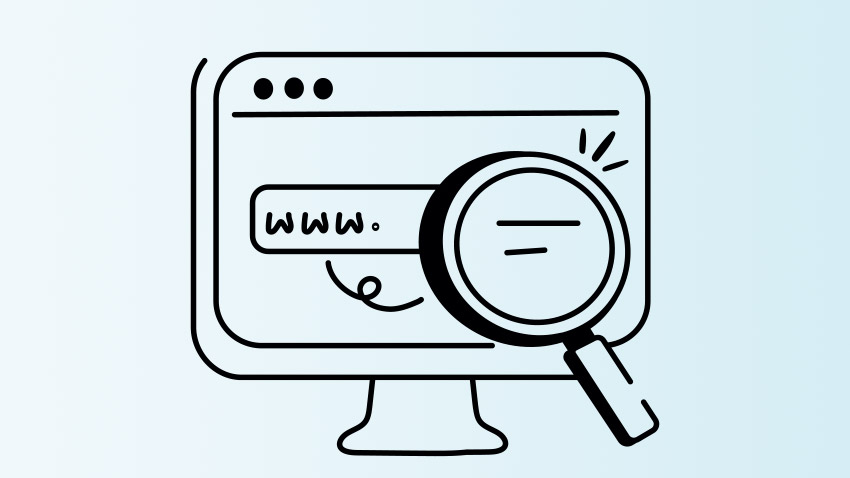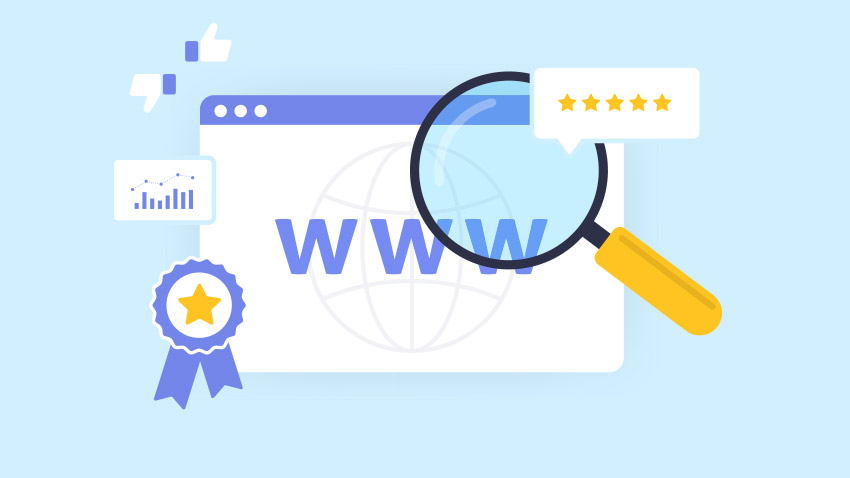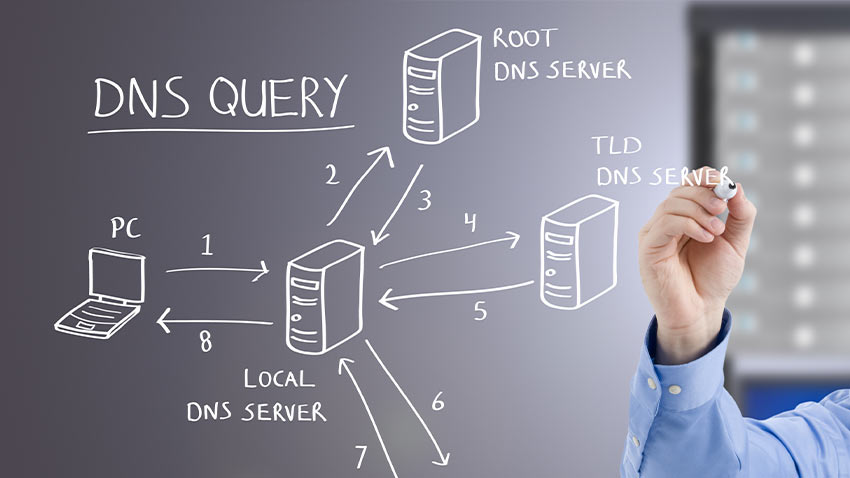It’s common knowledge that anything on the web has two types of readers: humans and non-humans. The latter are search engines themselves, in the form of software agents such as spiders, bots, or crawlers. These agents scan the web at regular intervals, collecting the data necessary for ranking and indexing web pages.
What is web page indexing and how does it work?
Indexing involves the use of spiders (bots) to compile an index, which is based on various criteria. Some criteria are grounded in hard science and programming, while others are linguistic, semantic, and, in some cases, even related to cognitive psychology.
This process occurs in full-text mode, meaning both the text and multimedia content of the web pages are analysed. This technique has largely replaced the use of meta tags, which are HTML keywords added to provide information about a site.
If a website doesn’t get indexed, or if the process detects errors or inconsistencies, it simply won’t appear – or is highly unlikely to appear – on the pages containing search results, known as SERPs (Search Engine Results Pages).
As a solution, Google offers a free tool to help index your page manually. It’s easy to use: all you need to do is enter the URL, including its “https://” prefix, along with any relevant comments or keywords that describe the page’s content. For more details, check out the video in the link.
If, on the other hand, a website meets indexing requirements, it’s ready to go live, provided it also follows best practices to improve ranking.
What is web page ranking and how does it work?
Ranking refers to two key aspects: on one hand, it determines a website’s visibility among SERPs (Search Engine Results Pages); on the other, it outlines the actions needed to optimise a website so it appears in the best possible position on those results pages.
Ranking can be “organic”, meaning it derives solely from the content of the website. Organic ranking follows specific SEO (Search Engine Optimisation) practices, including the publication of targeted content at appropriate intervals. SEO also takes into account the web page’s sitemap – its information architecture, source code, tags, links and other elements that contribute to its overall structure.
Websites created using CMS (Content Management Systems) or proprietary site builders often incorporate basic SEO practices. However, these can be further enhanced through additional services offered by Internet Service Providers (ISPs), particularly when considering web hosting or managed hosting options.
Another effective method for boosting SERP ranking is the use of sponsorship services, which involves purchasing keywords. When a user searches for those keywords, the website appears as a sponsored link.
The ranking order for sponsored links is determined by a series of criteria set by the advertising network in use. This method typically follows a pay per click (PPC) model, where the website owner sets a budget for each click that directs a user to their site.
Quality over quantity
Once the technical aspects are in place and all SEO criteria are met, the focus should shift to the more human side of the reader spectrum, as we mentioned earlier.
Google’s ranking algorithm ultimately assumes that readers are drawn to quality content, highlighting the critical role this plays in a website’s success.
But what exactly does Google’s algorithm look out for? What makes for quality content?
Google rewards consistency, meaning the content on your website should be cohesive and align with the site’s overall purpose.
High-ranking web pages also tend to feature a substantial amount of content, published regularly. However, that’s not all – other factors include content curation, length, proper text formatting, author recognition, links and multimedia elements.
Whichever way you look at it, creating an impeccable website requires constant planning, time and effort. To achieve this, there are plenty of tools available, both free and paid. Among the most valuable are those provided by Google itself, including Google Trends and Keyword Planner.











